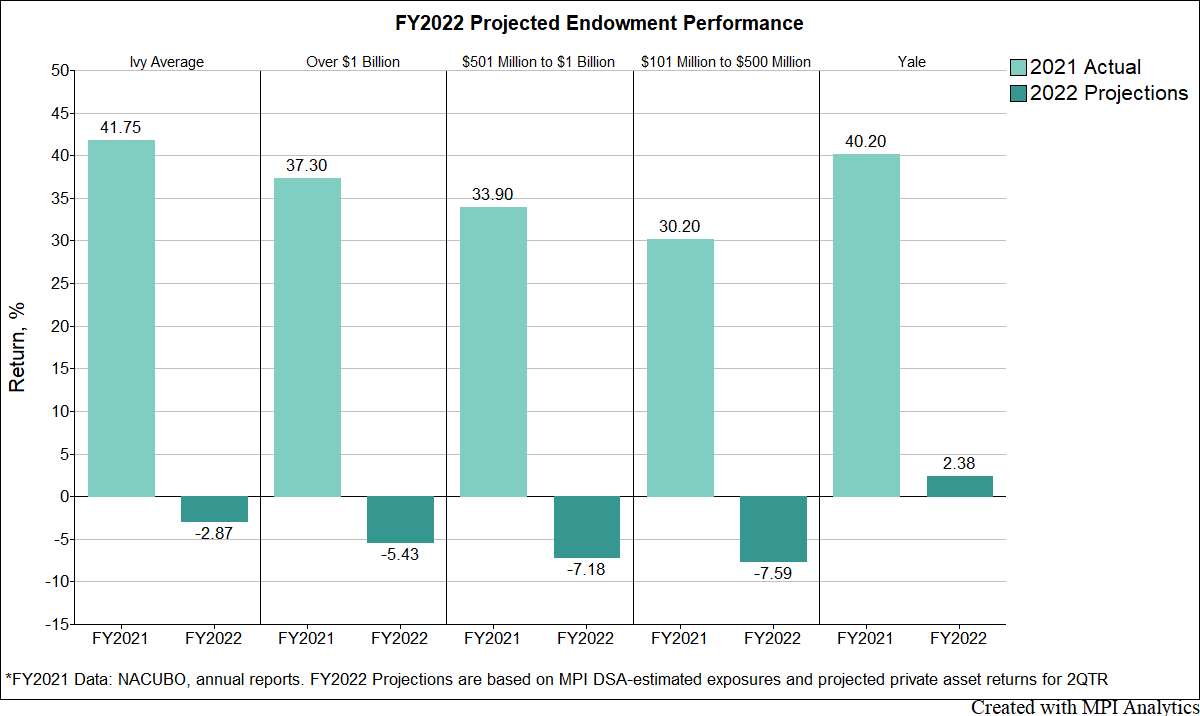
Top Colleges’ Liquidity Pressured by Weak Private Equity Returns
“Given endowments’ high allocations to private equity, ‘there looks to be more artful navigating ahead,’ Markov said in its study. The schools may need to come up with other sources of cash to cover future spending needs, as private equity hasn’t been returning as much money to investors as expected.
Endowments may need to rely more on their liquid holdings of public stocks and bonds to make up for the shortfall, sell some private equity positions at a discount on the secondaries market or even issue debt, according to Markov, a research firm that studies the opaque world of endowments.”
MPI research A Private Equity Liquidity Squeeze By Any Other Name was featured in Bloomberg News in a story Top Colleges’ Liquidity Pressured by Weak Private Equity Returns by Marion Halftermeyer who closely covers the intersection between GPs and LPs.




